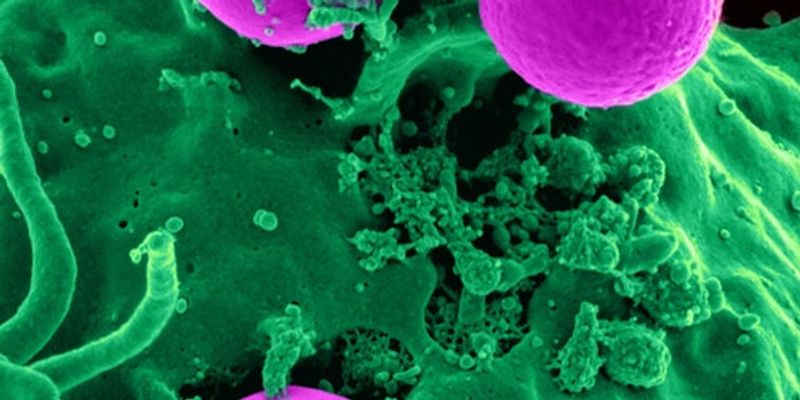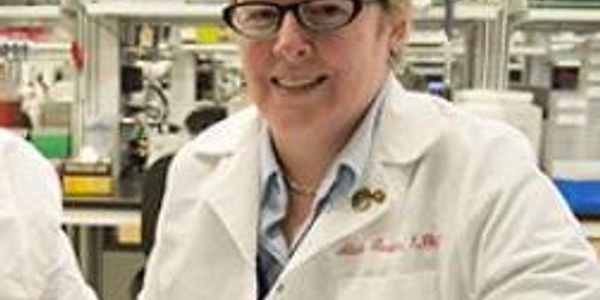MAR 20, 2014 | 8:00 AM
Late onset dementia is usually a multi-factorial disease wherein cumulative pathological brain insults (of more than one pathology) results in progressive cognitive decline which ultimately l...
MAR 20, 2014 | 7:00 AM
Huntington's disease (HD) is a progressive, inherited, degenerative brain disorder that produces physical, mental and emotional changes. Named for George Huntington, the physician who fi...
MAR 20, 2014 | 7:00 AM
The brain is a complex, densely wired circuit made out of heterogeneous cells, which vary in their shapes, molecular composition, and patterns of connectivity. In order to help discover how n...
MAR 20, 2014 | 6:00 AM
Connectomics is a new field of research that aims to map the synapses of the nervous system in order to construct a wiring diagram of all the neural circuits. It is necessary to use the elect...
MAR 19, 2014 | 1:00 PM
The Willerth lab investigates how to engineer neural tissue by combining pluripotent stem cells, controlled drug delivery and biomaterial scaffolds. When generating these replacement tissues,...
The therapeutic utility of stem cells is rooted in an understanding -- and exploitation -- of their natural role from earliest development to lifes end. Their job is first to participate in o...
























